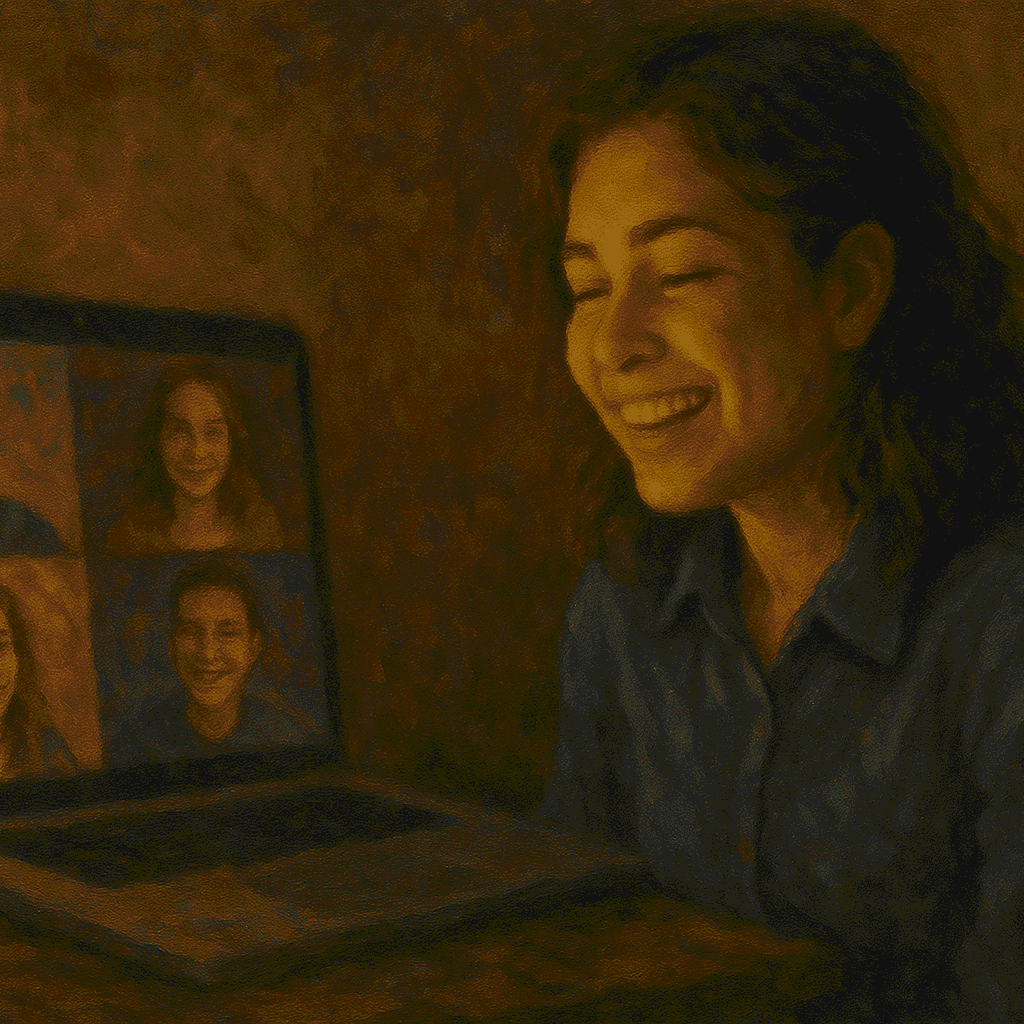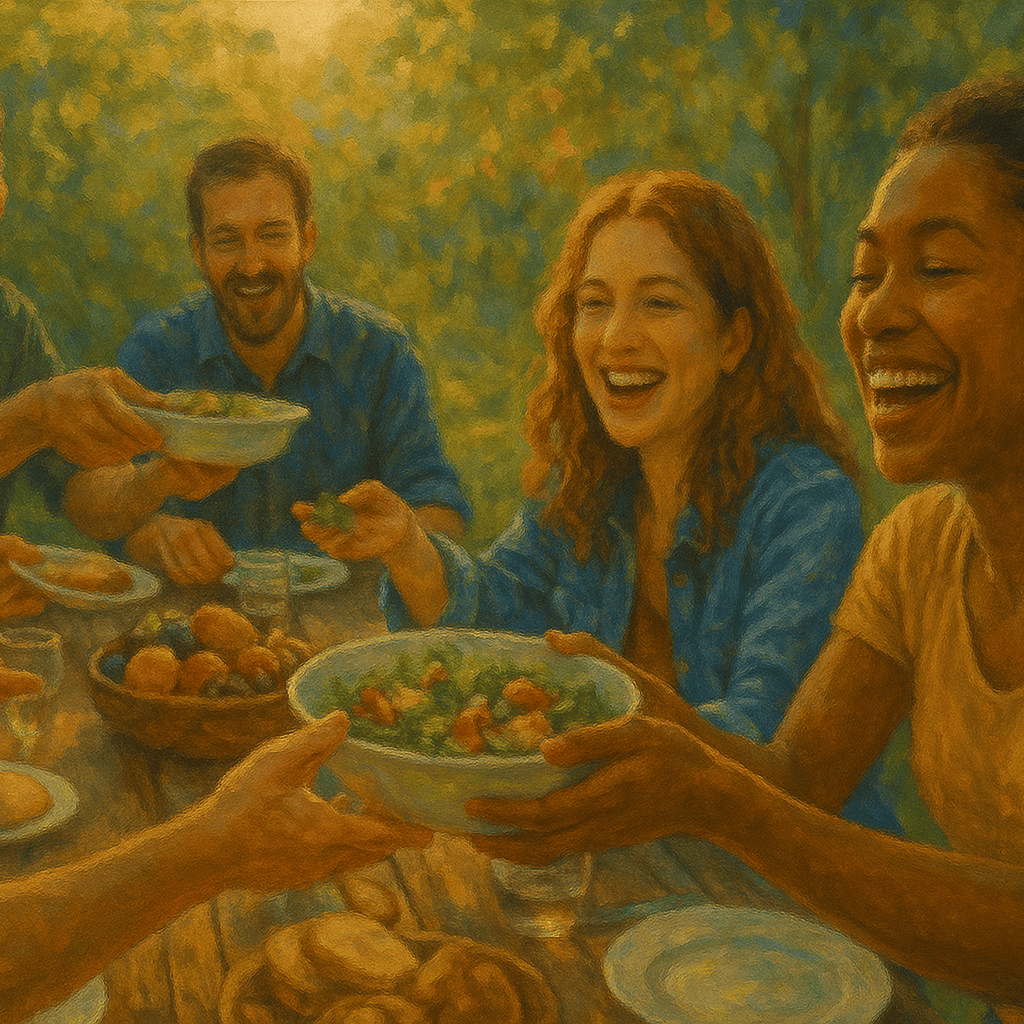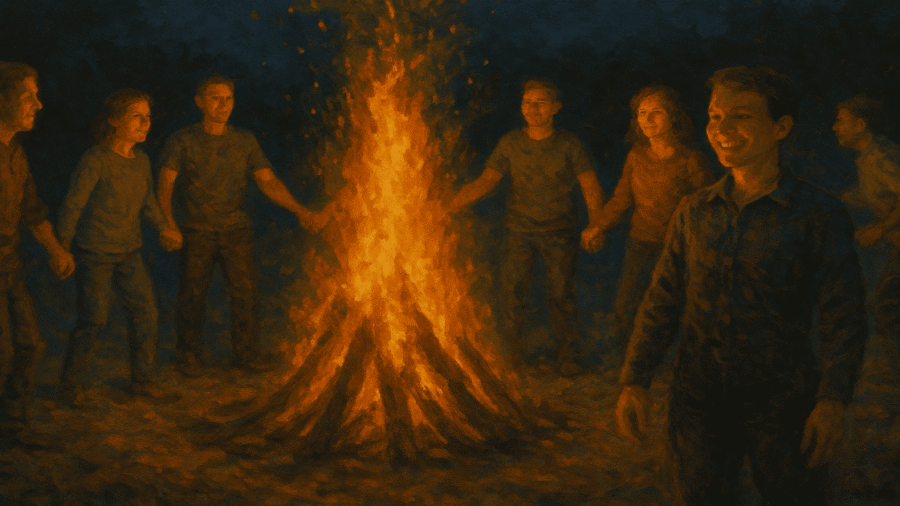Laughing over a meal, surviving a hardship together, or dancing with strangers at a concert, shared experiences hold a unique power. They pull us closer and bond us. They create an invisible thread of connection. And they remind us in the most unexpected ways that we belong.
But what makes shared experiences so powerful? And how exactly do they strengthen human bonds?
Let us see what psychology has to say.
The Science Behind Connection
Humans are for connection beings. Our brains are naturally programmed to seek out patterns of familiarity, empathy, and safety in other people. So, when we share experiences together, we reinforce these patterns.
Research from the journal Communications Biology found that synchronised facial expressions and heart rates during shared events significantly increase feelings of connection. Thus, the more people emotionally “sync,” the more connected they feel toward one another, even if they were strangers at first.
This synchronisation is not just metaphorical, it is physical. Studies show that when people move or react in unison, their bodies and brains begin to synchronise. Research found that synchronised movements such as walking together, dancing, or even nodding while talking increase trust and social bonding (Source).
Emotional Intensity and Human Closeness
There is something special about experiencing powerful emotions with others. Whether it is joy, grief, or awe, intense emotional moments make us more vulnerable and open to connection.
In a recent study covered by The Guardian, researchers found that watching emotionally moving scenes together led to a stronger sense of interpersonal closeness even between strangers. The shared intensity became a bridge.
This explains why group rituals such as vigils, weddings, sports events, or group therapy often feel deeply bonding. They create common emotional space where vulnerability is shared and not hidden.
How Shared Attention Enhances Trust
According to psychology research summarised by PsyPost, when people pay attention to the same thing at the same time, their bodies also begin responding together. Heart rates align. Pupils dilate in tandem. Even brain waves harmonise.
This is especially relevant in our digital world, where attention is fragmented. Watching a movie together, participating in a group meditation, or attending a live event creates a shared focus that fosters safety, belonging, and trust.
When our bodies and minds are tuned into the same moment, we feel seen even without words.
The Role of Shared Rituals and Daily Moments
Not every shared experience needs to be dramatic or life changing. More likely than not, the small daily habits are what create long-term connections.
- Cooking together
- Taking a daily walk
- Sending a goodnight text
- Listening to a shared playlist
These small actions, repeated over time, create a feeling of emotional reliability and security. As seen in “Daily Habits That Improve Mental Resilience“, these practices offer stability, grounding us and our relationships even during chaos.
The power is not in the task itself but in knowing someone else is part of it with you.
What About Loneliness?
For many, it is hard to feel a sense of connection, especially in an increasingly digital world. Remote work, endless scrolling, and performative social media have made shared experiences feel more distant than ever.
The PsycheShare post “How to Deal with Loneliness in a Digital World” offers insightful guidance for creating intentional connection, even through screens. It is not about the platform it is about presence.
Online or offline, being completely present with someone while sharing a moment is what forms the connection.

How to Create More Shared Moments
These are simple, deliberate actions to solidify closer bonds through shared experiences:
- Schedule face-to-face time
Prioritise meals, walks, or hobbies done together without distractions. - Join community events or group activities
Local art classes, group yoga, or community service can foster collective joy and shared focus. - Start a micro-ritual
A weekly movie night, a shared journal, or daily check-ins build continuity. - Be present emotionally, not just physically
Active listening, eye contact, and vulnerability during moments together matter deeply. - Embrace emotional highs and lows together
Do not shy away from grief or celebration both build closeness.

In the End, We Remember Who Was With Us
At the heart of every strong relationship lies a memory of something lived together.
Not perfect moments. Not constant happiness. But shared experiences, the ones that shaped, challenged, and bonded us.
When we open ourselves to shared joy, pain, rituals, and even attention, we allow ourselves to be known and to know others in return.
That is where connection begins. That is where healing happens. And that is where true belonging is found.



Add a Comment